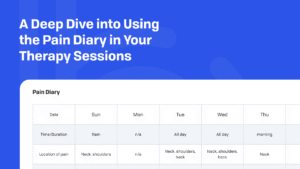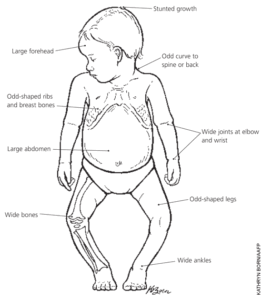Op-Ed_ Lifting COVID-19 Restrictions Puts Disabled People in Danger
Lifting COVID-19 Restrictions Puts Disabled Individuals at Risk
Introduction: The Ongoing Threat of COVID-19 for Immunocompromised People
Rachel Charlton-Dailey (she/they), an award-winning journalist focusing on health and disability, addresses the ongoing dangers that disabled individuals face as COVID-19 restrictions ease in the UK. Charlton-Dailey highlights the insufficient protections for vulnerable groups, urging attention to the unique challenges faced by those most at risk.
The Impact of Lifting COVID-19 Restrictions on Vulnerable Groups
As the Omicron variant of COVID-19 continues to spread, many individuals with compromised immune systems, like Charlton-Dailey, are deeply concerned. Despite the reduction in daily COVID-19 cases, the pandemic is far from over. By February 2022, UK case counts remain significantly higher than the previous peak in December 2021, and the government’s decision to lift most COVID-19 restrictions presents a clear danger to immunocompromised people.
The End of Mask Mandates and Social Distancing Measures
In late January 2022, UK Prime Minister Boris Johnson announced the removal of most COVID-19 restrictions, including mask mandates in public spaces and the requirement for proof of vaccination or a negative test to attend events. While the government believes this is a step towards normalcy, it directly exposes those at high risk, such as Charlton-Dailey, to greater harm. The end of mask-wearing in indoor public spaces is especially concerning, as it was one of the few measures that helped protect disabled and chronically ill individuals.
The Reality of Living with a Chronic Illness During the Pandemic
For individuals like Charlton-Dailey, who are classified as “clinically extremely vulnerable” due to multiple chronic conditions, the pandemic has necessitated a drastic change in lifestyle. From limiting social interactions to staying indoors to avoid potential exposure, many disabled people have had to isolate to ensure their safety. While some have cautiously resumed limited social activities, the removal of masks in public spaces feels like a step backward, leading to greater anxiety about leaving home.
Concerns About the Return to ‘Normal’ and the Dangers of Complacency
The concept of “returning to normal” has been promoted by some as essential for the economy and society. However, for those who are at the highest risk of severe illness or death from COVID-19, this rhetoric feels like an exclusion from society. The easing of restrictions suggests that the world is moving on, but for vulnerable individuals, it means even fewer protections are available.
The Psychological and Emotional Toll on Disabled People
The pandemic has taken a significant toll on mental health, particularly for disabled individuals. The fear of contracting COVID-19, combined with the lack of adequate support from society, has created a sense of isolation and distress. Many feel that their safety concerns have been dismissed by non-disabled individuals, who are eager to return to a pre-pandemic lifestyle. This disregard for the well-being of vulnerable populations adds to the emotional burden already carried by disabled people.
The Potential for a New Surge in Cases
As restrictions continue to ease, the UK is already seeing an uptick in COVID-19 cases. Without continued protective measures like mask-wearing, there is a real risk of another surge in infections. While some vaccinated individuals may feel protected, those who are immunocompromised or chronically ill face far greater uncertainty. The lack of concern for these groups highlights a troubling disregard for their safety.
The Need for Ongoing Protections and Consideration of Vulnerable Populations
The removal of masking and other safety measures signals a return to normal for some, but it is a dangerous shift for many disabled people. The end of protections means that for those at high risk, daily life becomes even more fraught with danger. There is a growing need for society to continue to prioritize the health and safety of the most vulnerable, ensuring that everyone, regardless of health status, can participate in public life without fear of illness.
Conclusion: The Ongoing Struggle for Disabled Individuals in the Pandemic Era
The COVID-19 pandemic is not over for disabled individuals, and the lifting of restrictions only exacerbates their challenges. With the virus still circulating and new variants emerging, it is essential that governments and societies remain vigilant in protecting vulnerable populations. Until then, disabled people will continue to face heightened risks, struggling to navigate a world that is increasingly indifferent to their needs.




